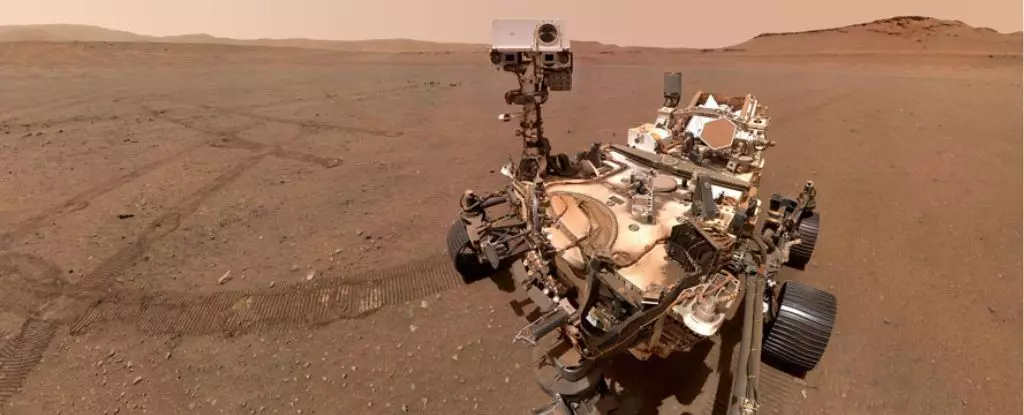The ambitious project of returning Martian samples to Earth, previously outlined by NASA as part of the Mars Sample Return mission, is currently hitting roadblocks. As costs escalate and timelines extend, the agency is reevaluating its approach. Influential figures in the space industry, such as Elon Musk of SpaceX and Jeff Bezos of Blue Origin, are now being considered as potential partners for this significant endeavor.
NASA’s initial plan aimed for the collection and return of 30 sample tubes from Mars by the end of this decade. Yet, the rising costs have led to a reassessment. An independent audit identified a staggering potential expenditure of $11 billion under the original design. In light of these figures, NASA is urgently seeking to minimize expenses while ensuring mission feasibility. The newly proposed cost estimates between $5.8 billion and $7.1 billion, dependent on commercial partnerships, suggest a proactive shift towards utilizing private industry resources.
This financial pivot comes plainly after observing the developments in China, which has revealed plans for a more streamlined sample return operation, scheduled around 2028. Positioned to be the first nation to successfully retrieve Martian samples, China’s advancements could overshadow NASA’s efforts, giving rise to international competition in the realm of extraterrestrial exploration.
NASA Administrator Bill Nelson highlighted two potential strategies for landing a robotic platform on Mars—one is a variation of the traditional Sky Crane used in previous rover landings, while the other involves a new “heavy lift lander” designed by commercial partners. Utilizing established technology with the Sky Crane method could ensure a degree of certainty compared to more experimental choices. On the other hand, leveraging modern commercial partnerships could introduce innovative designs and techniques, potentially expediting the process at a lower cost.
Both strategies would employ a Mars Ascent Vehicle, a lightweight rocket capable of launching collected samples into Martian orbit. Once in orbit, the Earth Return Orbiter, a mission undertaken by the European Space Agency (ESA), would play a crucial role in transporting the samples back to Earth. This intricate dance of technology aims to ensure both success and efficiency in one of the most delicate operations in space exploration.
Beyond crafting partnerships and design considerations, NASA is reevaluating its operational strategies based on Martian conditions—specifically its dust-laden storms that can severely hinder solar energy. Traditional solar panels, the previous mainstay for powering Martian equipment, will be supplanted by a nuclear battery system. This shift underscores the need for reliability in energy sourcing during extended operations on the planet, ensuring a continuous power supply regardless of unforeseen environmental challenges.
The proposed timeline for the mission has seen significant adjustment; if the revised plans proceed effectively, sample return could occur between 2035 and 2039. This range demonstrates a notable improvement from the original timeline, which anticipated a more extended period, possibly until 2040. However, much of this progress hinges on consistent Congressional funding and strategic choices regarding mission trajectory—whether to navigate directly back to Earth or stop to retrieve samples in lunar orbit.
These upcoming decisions will undoubtedly shape the future of NASA’s Mars Sample Return mission. Nelson has asserted that such complexities set NASA’s mission apart from simpler alternatives proposed by other countries. He emphasized the comprehensive nature of NASA’s planning, designed thoroughness in scientific endeavor, and ambition to address not just the technological challenges but also the scientific implications of Martian exploration.
As partnerships with commercial entities edge closer to becoming a reality, the landscape of space exploration may witness a transformation. The challenges NASA faces are indicative of a broader trend within space exploration, where collaboration with private companies could yield innovative solutions to longstanding barriers. As we look to the stars, the competition, collaboration, and ingenuity characteristic of this new era of space exploration will undoubtedly shape the discourse surrounding humanity’s quest to explore Mars and beyond.

